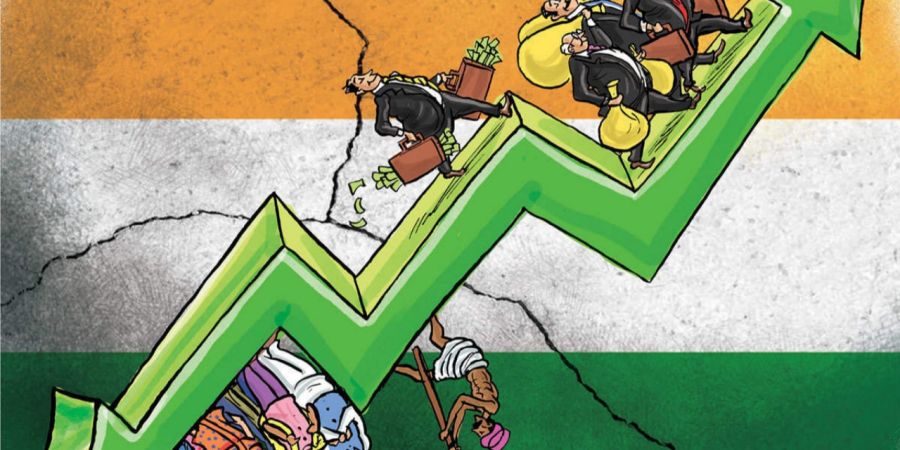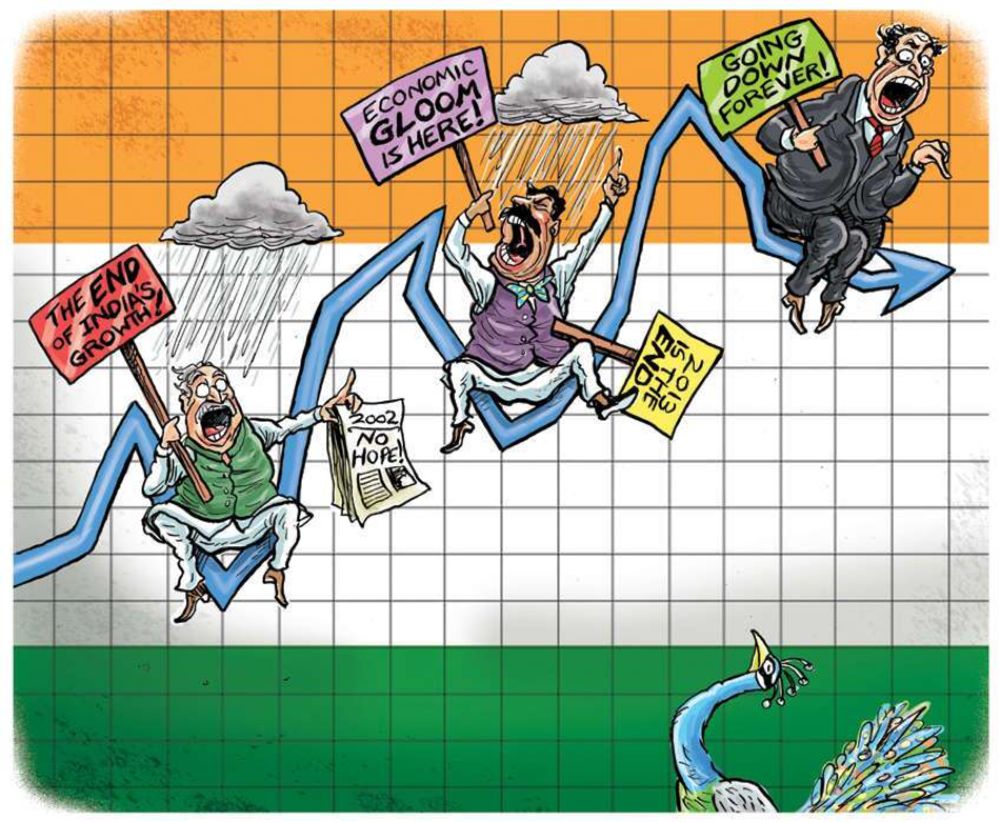

Hello friends it a story of India history … We have written this story after reading history and thinking about it. The Indian dollar is now priced at Rs 7.5 per US dollar. One question is often confusing .. What happened in this rich country with the golden letters of history, in the rich country, which is why the economic situation of this country is so bad today! .. Who is responsible for this, the government or the people?
Before the foreign rulers came to our country, gold and silver were traded in the country. During the British rule, the first coin printing machine was first built in Calcutta in 1901 for its own benefit. A paper coin was printed in 181 with a portrait of Queen Victoria of England.

And in exchange for this paper money many gold and silver were taken to England, and from this the foundation of India's fall was laid.
After the 19th, the Indian coin was printed and the image of the Ashoka pillar was placed. At that time, the value of the U.S. dollar was four shillings. India's economy was good because of the large number of silver mines in India. After the British left, there was no one to invest in India because no one knew the exact trade, so the price of one shilling increased to four rupees.
The burden of this war is on Pakistan and China, as well as various famines. Due to this, the then Prime Minister Jawaharlal Nehru joined the five-year plan and borrowed heavily from the United States, which led to the collapse of the Indian currency.
Some anti-social people kept the Indian currency abroad, and the coin was minted three times, which is the main reason for the decline. At the same time, low-income countries such as Dubai, France and Germany have made great strides.
Many leaders and businessmen in our country are still cheating and depositing their assets abroad. There is corruption in the name of progress, which we read about in the newspapers every day. People in different countries are encouraged to do all kinds of business. However, in our country, the proper art of artists is not respected and many young people, young people, are going abroad for jobs and strengthening the economic situation there because of the footsteps of the people. "If the people are united, they will continue to do so."
And, yes, I realize I'm the billionth person to make that joke. Despite the fact that there was no irregularity in approach in the new thousand years, normal yearly development dove to 4.1% during 2000-01 to 2002-03. A torrential slide of bleak declarations followed in the media as well as the scholarly world too. While financial expert Bradford DeLong composed suspiciously of India's changes, Dani Rodrik and Arvind Subramanian raised the stakes by contending that the post-1991 changes had conveyed nothing. The economy had developed no quicker during the 1990s than during the 1980s, they asserted.









